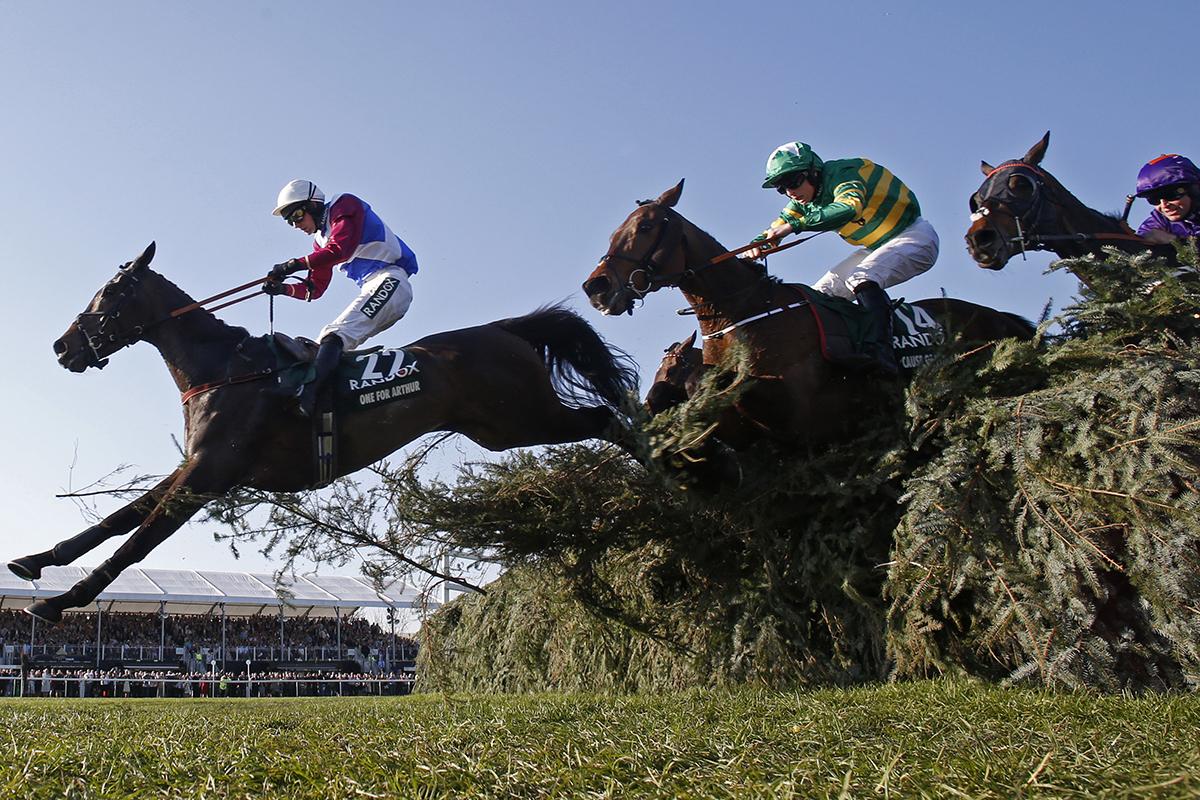Evidence of cruelty to race horses continues to mount – how can we justify this as ‘sport’?
Compelling video footage filmed by Animal Aid shows that so-called ‘welfare’ rules have been ignored at one of the UK’s biggest abattoirs – enough is enough


Your support helps us to tell the story
From reproductive rights to climate change to Big Tech, The Independent is on the ground when the story is developing. Whether it's investigating the financials of Elon Musk's pro-Trump PAC or producing our latest documentary, 'The A Word', which shines a light on the American women fighting for reproductive rights, we know how important it is to parse out the facts from the messaging.
At such a critical moment in US history, we need reporters on the ground. Your donation allows us to keep sending journalists to speak to both sides of the story.
The Independent is trusted by Americans across the entire political spectrum. And unlike many other quality news outlets, we choose not to lock Americans out of our reporting and analysis with paywalls. We believe quality journalism should be available to everyone, paid for by those who can afford it.
Your support makes all the difference.Sometimes an awful thing is so awful that we can’t accept it. We go into denial or simply look the other way. With horse racing, I think we’re at the stage now where many people understand intellectually how cruel and exploitative the industry is, but we grew up thinking it was normal. Emotionally, it’s hard for some people to come out solidly against something they’ve always accepted.
As an animal liberationist, I’m free to say that I think horse racing is horrific. On BBC One tonight, people will be able to see some of the darker sides of the industry for themselves. A detailed Panorama investigation has found that 4,000 former racehorses have been sent to slaughterhouses in Britain and Ireland since the beginning of 2019.
Compelling video footage filmed by Animal Aid shows that so-called “welfare” rules have been ignored at one of the UK’s biggest abattoirs. Just as with the slaughter of farmed animals, the rules seem to go out of the window.
Regulations state that horses should not be killed in sight of each other but in four days of filming this rule was broken dozens of times. The slaughterhouse employees are supposed to make every effort to ensure a rapid death but the footage shows that often the deaths were far from quick. Some horses were not stunned first. The reality of what goes on is unpalatable. This is part of the problem. The reason there is not enough scrutiny is that, all too often, it’s so painful to see what really happens.
Professor Daniel Mills, a veterinary behavioural specialist from the University of Lincoln, who has seen the footage, said: “If that’s representative of how they’re being killed, then we’ve got a really serious problem.”
Some of the racehorses killed in Britain while the covert cameras were filming had been transported from Ireland, travelling more than 350 miles by road and sea, often while carrying injuries.
Tonight’s documentary is sure to shock viewers but it will only reveal part of the cruelty of the industry. At least 2,275 horses have died on British race courses since 2007, on top of all the retired horses that were slaughtered. In 2014, there was a rare moment of candour from the industry, when Grand National champion jockey Ruby Walsh shrugged off the death of a horse after a fall, saying: “Horses are horses. You can replace a horse.”
Last February, a photo of leading trainer Gordon Elliott sitting on a dead horse caused outrage. Elliott was quickly suspended from the sport until September this year because he’d committed the worst crime imaginable: revealing what the industry really thinks of the horses it exploits.
As Panorama will show, horses too old or exhausted to keep racing are taken to slaughterhouses. I’ve spoken to eye witnesses who say the horses often scream as they are taken into the abattoirs – they know what’s about to happen to them. Sometimes these horses are driven to laboratories first so that scientists can perform cruel experiments on them before they’re killed. Remember all this next time a racing fan tells you that they love horses.
One bit of positive news is that not all horses die on courses, in slaughterhouses or laboratories. Some get to have a retirement at an animal sanctuary. I volunteer at a horse sanctuary and most of the horses have come from unhappy situations, neglected and abandoned in some form. The most distressed in my experience are those who came from the horse racing industry. They exhibit a unique anxiety and lack of trust that suggests they have been treated cruelly.
It’s rarely a happy ending. Thousands of horses die on the race course, thousands more are killed in the slaughterhouses or on laboratory tables. The “lucky ones” may live out their final years with lifelong injuries and mental trauma.
So, let’s be real: what is all this death and suffering really for? It’s so the betting industry can grab money from people who are too desperate, gullible or bewildered to know a scam when they see one, often people with addictions and mental health problems. Horses are being abused and killed so a few humans can grift money out of lots of other humans.
It’s a truly dark and awful situation. No wonder we struggle to take it in. What was normal for us to witness while growing up has turned out to be something our generation needs to stamp out. For the sake of horses and humans alike, it is time to wake up and ban this wicked, thieving racket.
Join our commenting forum
Join thought-provoking conversations, follow other Independent readers and see their replies
Comments